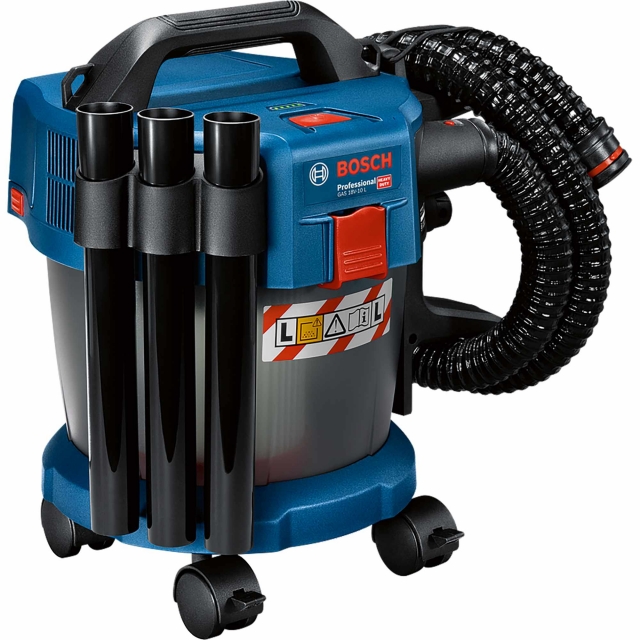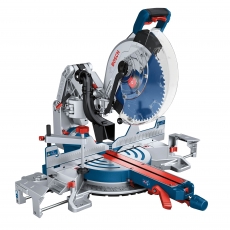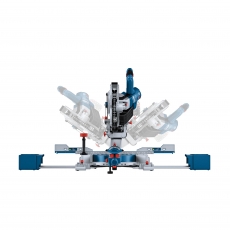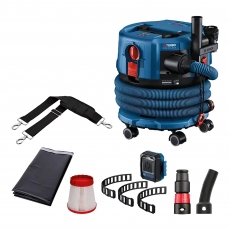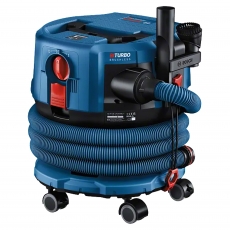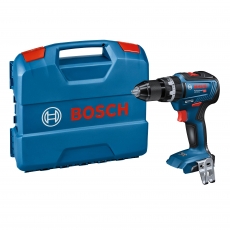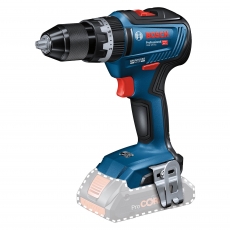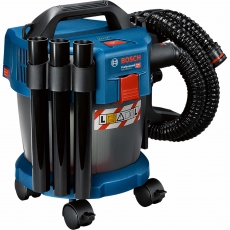BOSCH GAS18V-10L 18v Dust Extractor BODY ONLY
BOSCH GAS18V-10L 18v Dust Extractor BODY ONLY
What’s Included
- This is a Body Only machine, which is not supplied with a battery or charger.
- This item may be supplied in unbranded packaging
- Number of Batteries Supplied: 0
- Voltage: 18v
- Type: L-Class
Product Overview
The Bosch GAS18V-10L is an L-class mobile vacuum cleaner with full suction power. It has a bagless design for ease of use.
Part No: 06019C6302(BOSP06019C6302)
Features & Benefits
- Sustained suction power - for a longer period of time thanks to its Rotational Airflow Technology
- Easy transportation & handling - thanks to its lightweight and compact design and to the Click & Clean interface
- Broad variety of applications - thanks to its bagless design for wet and dry usage, and to the many accessories
Technical Specification
- Battery voltage: 18v
- Weight excl. battery: 4.7 kg
- Suction hose nominal width: 35 mm
- Filter surface area: 2.375 cm²
- Max. airflow rate (turbine): 24 litres/s
- Max. vacuum pressure (turbine): 90 mbar
- Container volume, gross: 10 litres
- Container volume, net: 6 litres
- Container volume, net, water: 6 litres
- Dust class of wet/dry extractor: L
- Dust class: L
- Operating time 18v: 4 mins/Ah
FAQs
The first thing to think about when considering the kind of Dust Extraction you need is the kind of dust you’re working with. We published a blog about why for professional work, you need a M-Class rated Dust Extractor which you should bear in mind when choosing a tool. The range at ToolStore UK also includes L-Class rated tools, to eliminate ‘low risk’ dust and H-Class rated tools, for dealing with high-risk particulate such as asbestos.
Another key consideration is whether the Dust Extractor will be compatible with the tools you intend to use it with. However, we do have a range of standalone tools and vacuum cleaners in our range too.
With Cordless Dust Extraction, it’s also worth thinking about the voltage of the tool. Paring a 12v Dust Extractor with an 18v tool is unlikely to be the most efficient way of removing particulate.
Brushed motors use carbon brushes to transfer power from the fixed part of the motor to the rotor. This creates a reliable and relatively inexpensive motor, but brushed motors do require regular maintenance, in order to either clean the brushes or replace them as they wear out. A brushless motor, by contrast, uses a magnet mounted on the rotor to generate the power and electrical switching to perform the function carried out by the brushes. The additional complexity of the motor’s working means that brushless motors are usually more expensive than brushed.
However, eliminating the brushes also eliminates internal friction and maintenance, meaning that brushless motors offer both increased power and a longer working life. Brushless motors also generate less heat and noise and so, on balance, are considered superior to brushed motors.
That depends on what kind of work you need it to do, how often you need to do it and the power of your other tools. The Cordless Dust Extractors in our range start at 18v but run right up to 54v. Select the voltage that matches your needs.
Delivery & Returns
Warranty
Related Products
VAT (£781.66 ex VAT)
VAT (£379.54 ex VAT)
VAT (£371.22 ex VAT)
VAT (£147.65 ex VAT)


